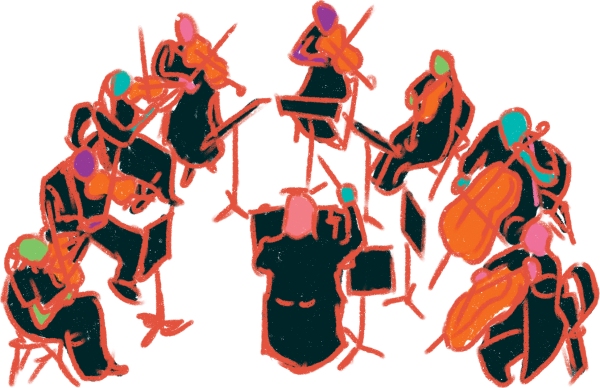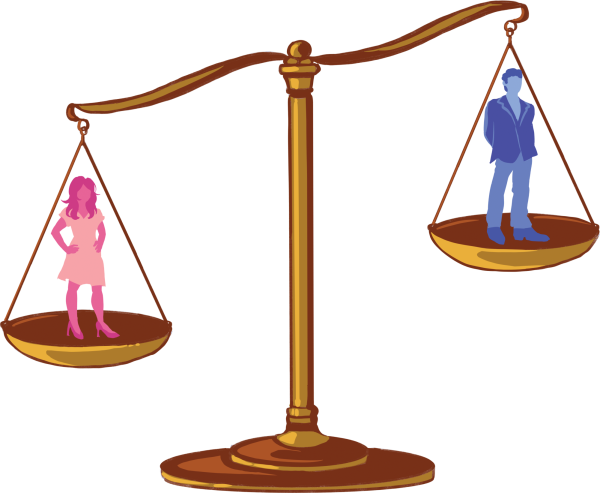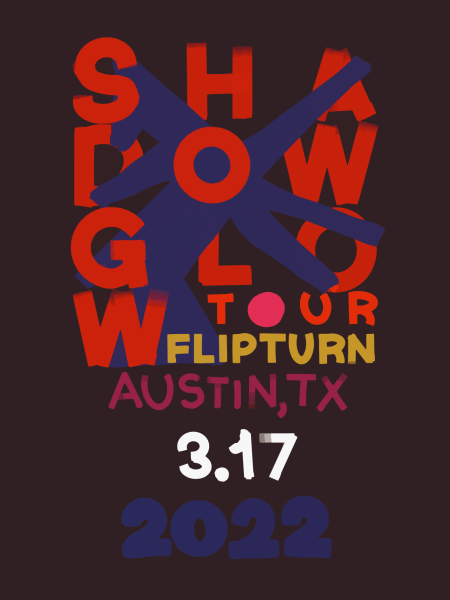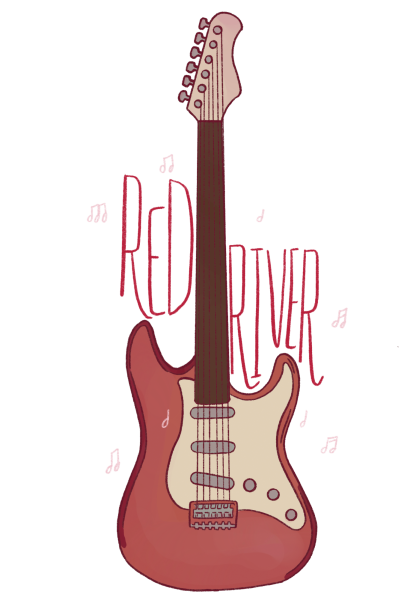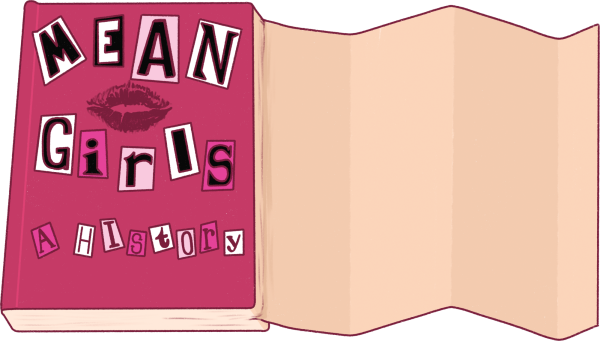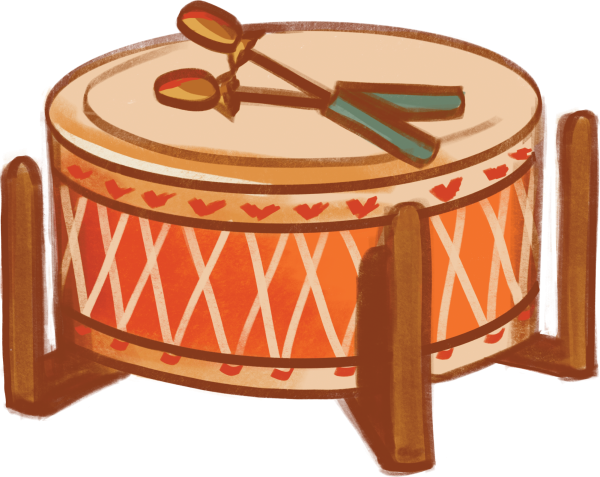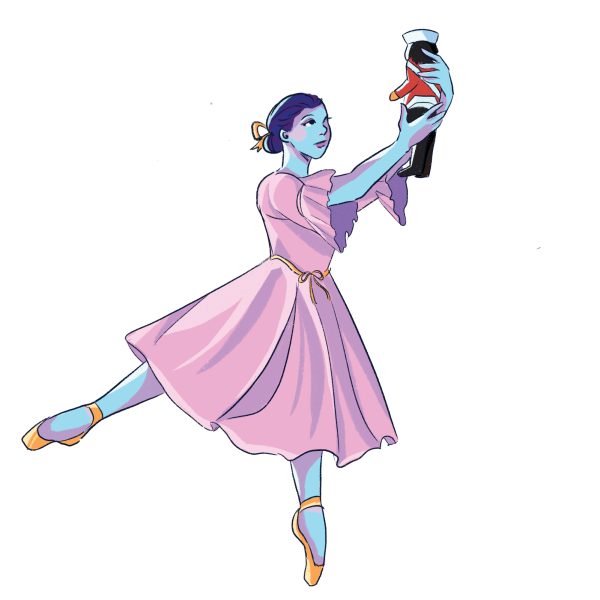Co[s]mically powerful: Comic convention gives LGBTQ community space to shine
October 16, 2018
Walking into the Millennium Youth Entertainment Complex on the weekend of Sept. 7, dozens of booths are arranged in the repurposed skating rink. Some are stacked high with postcards, stickers and shirts in haphazard piles, while others are home to neat piles of comic books for sale. All wares are original creations of the artists present. But one uniting factor is immediately evident: the presence of the LGBTQ comics community, who found a niche to express themselves at STAPLE! The Independent Media Expo.
At the local indie comics expo, artists could set up a variety of booths displaying their work, and market and sell it to visitors, who could see both the exhibits and the speeches being given in the theater. Not all of the booths featured LGBTQ artists, as the convention focused on indie comics in general, but there were still many booths that advertised comics featuring characters everywhere on the LGBTQ spectrum.
One such booth, advertising a “Queer Paranormal Anthology” and other similar books, was run by Melanie Gillman, a cartoonist. Gillman, who is nonbinary, said they wrote positive queer stories for young readers.
“The first time I saw comics put out by people like me, queer people, trans people, I was like ‘oh!’” Gillman said. “‘If these people can make comics then I can also make comics.’”
Another booth, run by Emily Willis and Ann Uland, had an even larger sign advertising “Historical Stories With A Queer Twist.”
The married team from Pittsburg makes comics together and often present at conventions like STAPLE!.
“I think our goal is to do cool comics that have queer characters in them just to show that queer people have always been here, and will always be there, and we’ve been here from basically the beginning of time onwards,” Willis said. “We like doing diverse comics, we like showcasing diversity throughout history.”
Artist Allison Grace Perkins, who ran a booth focusing on pastel comics, echoed a similar sentiment. Perkins, who is bisexual, used her illustration background to aid her in drawing romance comics.
“I do a lot of queer comics and relationships, most of it is about normalizing love and genuine forms of intimacy and everything like that,” Perkins said. “I think it’s something that’s very important to put into the mainstream in a way that’s not heavily sexualized.”
According to Gillman, these artists largely put queer characters into their work for the sake of representation because of their own problems with seeing themselves represented within media in healthy ways. However, personal experience wasn’t the only reason that queer comics were so popular at STAPLE!.
“I just get really frustrated when history is written from the victors point of view,” Willis said. “It really leaves out that there are queer folks who have been there throughout history and that it just sort of disenfranchises the marginalized communities, whether they be queer, whether they be non-white.”
Willis is a trained historian, and she uses that experience and training to research the settings and characters that appear in her comics. Similarly, Perkins says that she uses her illustration background to both create comics and analyze the media around her.
“I also play with gender identity and image too, because I feel like it’s something that should be explored as well in comics,” Perkins said. “It’s still like, even with advertising, it’s very different between masculine and feminine, so I like to blur the lines between those two a bit as well.”
Many of these comics are for more mature audiences, as they sometimes feature violence, sexuality, or other such adult themes. However, the expo also featured creators like Gillman who, according to them, specifically work to create LGBT YA graphic novels including positive LGBTQ stories for young readers. These are usually appropriate for any age and avoid the gritty and depressing settings many LGBTQ stories are set in.
“Back in the olden days it was almost impossible to find any middle grade or YA books that had any kind of positive queer content, and what you did find was tragic stories,” Gillman said. “Like something where people are dying and it’s horrible.”
Perkins said she specifically wrote stories to counteract this negative representation of LGBTQ people in the media.
“I’ve just always had a passion for romance stories and presenting something that comes from a place of love and friendship and partnership and companionship,” Perkins said. “Like within a queer, gay relationship, just presenting something that’s really positive and genuine.”
While Perkins says that her work can be hit or miss with the general public, she continues to do that work because it’s something that she loves to do. Evidently this opinion is shared among creators, as according to Gillman there are more and more LGBTQ cartoonists emerging each year.
“It’s a healthy community of queer cartoonists who are making work these days,” Gillman said. “They’re starting to get into bookstores and libraries and webcomics and anthologies and stuff like that. We’re all over the place, and we’re producing books in every genre imaginable.”

